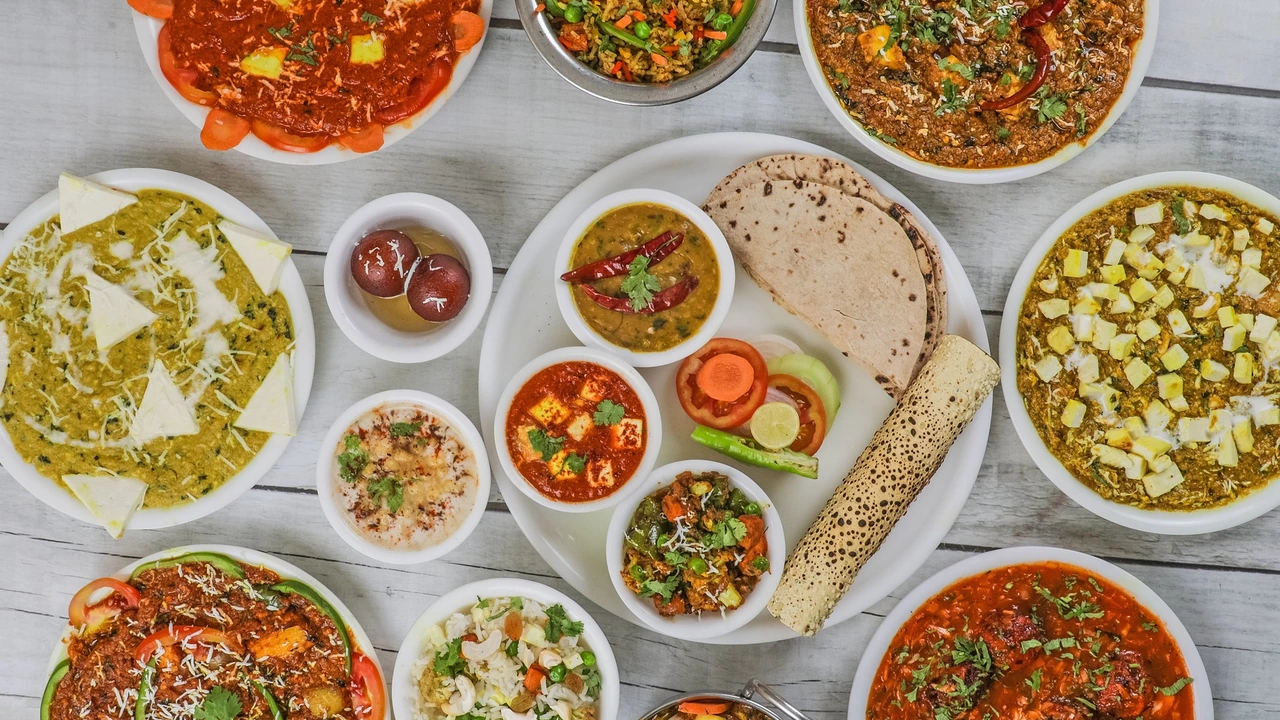Food and Culture: India's Flavorful Traditions
India isn’t just a country; it’s a big kitchen where every region adds its own spice. When you walk through a market, you hear the sizzle of frying pakoras, smell the steam of fresh idli, and see colors that could rival any festival. Food here isn’t a side note – it drives conversations, rituals, and even holidays.
One snack that proves how far Indian flavors travel is the samosa. Crispy on the outside, filled with spiced potatoes, peas, and sometimes meat, it’s the go‑to bite at street stalls and in overseas Indian restaurants. That same samosa shows up on menus of global fast‑food chains, proving a simple Indian snack can cross borders and win hearts. If you ever wondered why you see samosas on an American brunch menu, it’s because the blend of spice and crunch fits almost any palate.
Why Indian Snacks Go Global
First, the flavors are bold but balanced. A dash of cumin, a pinch of turmeric, a splash of tamarind – even a small bite offers layers of taste. Second, the format is portable. Small, hand‑held, and easy to share, snacks fit busy lifestyles worldwide. Third, the story behind each bite sells itself. When a traveler learns a samosa originated in Central Asia, traveled through Persia, and landed in India, the snack becomes a cultural ambassador.
Take the recent post on JK Sach News India titled “Which Indian snack is famous globally?” It points out that samosas aren’t just food; they’re a conversation starter. People ask where it’s from, what the filling is, and how it’s made. That curiosity fuels social media posts, cooking videos, and even food‑tour packages.
How Food Shapes Indian Culture
Food ties directly to festivals. During Diwali, families make laddus and barfis; during Ramadan, iftar plates bring neighbors together. Regional dishes tell stories too. A Tamilian’s love for dosa reflects the South’s rice‑based diet, while a Punjabi’s butter chicken speaks to the dairy‑rich plains. These dishes aren’t static; they evolve as people migrate, creating new hybrids like Indo‑Chinese noodles or Mumbai’s vada pav.
Modern India blends tradition with trend. Young chefs experiment with fusion – think sushi‑style samosas or tandoori‑marinated burgers. Food festivals in cities showcase street vendors alongside five‑star chefs, inviting everyone to sample the breadth of Indian taste. Social platforms amplify these experiments, turning a simple home‑cooked paneer tikka into a viral sensation.
For anyone curious about Indian food, start with what’s familiar and then dig deeper. Try a classic samosa, then explore regional versions: a Gujarati dhokla, a Bengali rasgulla, or a Goan pork vindaloo. Each bite gives a glimpse into the people, climate, and history that shaped it.
In short, India’s food and culture are inseparable. Snacks travel, festivals anchor communities, and new chefs keep the conversation alive. Stay tuned to JK Sach News India for more stories that celebrate the flavors shaping our lives today.

Which Indian snack is famous globally?
In my exploration of Indian snacks that have gained global fame, Samosas top the list. This savory and spicy snack, often filled with potatoes, peas, and other vegetables, has found its place in various world cuisines. Not only can you find it in Indian restaurants around the globe, but it's also incorporated into menus of global food chains. I've found that the unique blend of spices and crispy exterior make it a universally loved snack. It's fascinating to see how this humble Indian snack has crossed borders and is delighting palates worldwide.
Read More